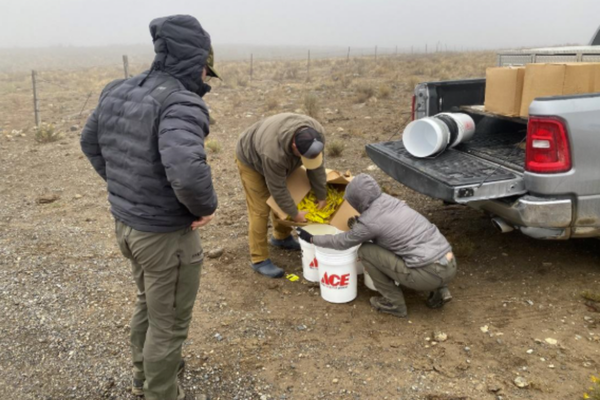How Can We Help the Last of the Idaho Caribou?
Photo: Camellia Ibrahim
Why the low numbers?
The only woodland caribou left in the lower 48 are here in northern Idaho where there are only about a dozen deep in the forests around the Selkirk Mountains. They migrate into Southern Canada within the confines of the old growth forests of the Canadian Rockies where they spend about 90% of their lives.
Many factors are contributing to their demise. Dryer summer conditions have limited forage production. Caribou compete for forage with deer, elk and moose. Development of habitat, vehicle collisions, and recreation activity have verified negative impacts on the caribou (Kinley 2003, pg. 25; Seip et al. 2007, pg. 1543; Mahoney et al. 2001, pg. 42; Reimers et al. 2003, pg. 751; Tyler 1991, pgs. 183–188), but science has told us for some time that predators, specifically wolves and lions, are the main contributors to caribou population decline for several reasons.
The first reason is obvious. Predators kill prey. But, wolves and lions don’t view caribou as their primary prey- there simply aren’t enough caribou. Instead, what is happening, is the successful proliferation of primary prey species – whitetail, elk – in caribou habitat keeps the predators around all year. The spatial separation of caribou and primary prey isn’t enough to keep caribou off the menu all year anymore. And considering whitetail numbers are at all-time highs, even with last year’s harsh winter, there is more reason for predators to stick around. It’s a double negative; successful whitetail and elk populations compete for food with caribou and keep the predators in their habitat.
What is being done?
Several local, state, and federal wildlife and land management agencies worked with interest groups and struck a collaborative plan to conserve critical habitat and manage recreational impacts, though there is disagreement on how that habitat should be managed.
Managing the human dimensions is one half of the equation for any wildlife conservation effort. The other half is mitigating the wildlife impacts; in this case, predator management and competition with other big-game species.
State and federal agencies are working to reduce predator and big-game competition and restore low-elevation habitat to its original form. The Kalispell Tribe is actively reducing wolf populations in the area to give the caribou a better chance of survival.
How can you help?
There is also the management resource of hunters. Idaho allows for a wolf and cougar hunting season. With how challenging it can be to hunt these predators, often times trapping them is the most feasible way to mitigate impacts on extremely threatened animals like caribou. Consider also, that trapping is an effective mechanism to reduce predators during lekking seasons of sage grouse. It’s cost effective too, considering the alternative to managing predators through trapping and hunting is spending tax or sportsmen dollars to mitigate the same predator impacts.
But if you do not hunt or trap in north Idaho, or even if you do, you can help caribou by volunteering with the Kalispel Tribe and Selkirk Conservation Alliance by collecting lichen, a staple of wintering caribou diet, for feeding pregnant caribou cows. It’s a last ditch attempt to keep them from extinction.
To help clean lichen, join the effort Dec. 16th by clicking here.
To help collect lichen Dec. 27th, click here.




